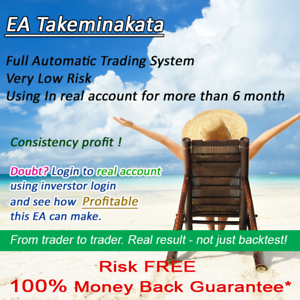Second level – mid-qualified rate and third level – non-qualified rate
In any case, called a to some degree qualified rate, the mid-qualified rate is the rate a merchant will be charged whenever they recognize a Mastercard that doesn’t meet all requirements for the most insignificant rate, the certified rate. This may happen for a couple of reasons, for instance,
- A customer Visa is gone into a Visa terminal as opposed to being swiped
- An exceptional sort of Visa is used like a prizes card or a business card
A mid-qualified rate is higher than a certified rate. A part of the exchanges that are by and large accumulated into the mid-qualified level can cost the supplier more in trade costs, so the merchant account suppliers do make a markup on gaming merchant account .
The use of “rewards cards” can be just as high as 40% of exchanges. So it is significant that the monetary effect of this cost is seen.
Third level – non-qualified rate :

The non-qualified rate is by and large the most noteworthy rate a merchant will be charged whenever they recognize a Visa. By and large, all exchanges that are not qualified or mid-qualified will tumble to this rate. This may happen for a couple of reasons, for instance,
- A client Visa is gone into a Visa terminal as opposed to being swiped and address confirmation isn’t performed
- A unique sort of Mastercard is used as a business card and all necessary fields are not entered
- A merchant doesn’t settle them every day bundle inside the disseminated time diagram, regularly late hours from a season of approval.
- A non-qualified rate can be fundamentally higher than a certified rate and can cost the supplier extensively more in exchange costs, so the merchant account suppliers do make a markup on these rates.
Trade as well as valuing :
A couple of suppliers offer merchant account administrations estimated on an “exchange notwithstanding” premise. These accounts rely upon the “trade” tables distributed by both Visa and MasterCard. This sort of valuing makes a rebate rate by adding trade rates notwithstanding a rate and approval costs. This is a run-of-the-mill estimating model for incredibly low and astoundingly high ordinary tickets.
- Approval cost
The approval cost actually an approval request charge is charged each time an exchange is sent off the card-giving bank to be approved. The charge applies whether the request is supported. Note this isn’t identical to an exchange charge.
- Exchange charge
The exchange cost is charged when you recognize your approval. This charge simply applies to approval that is recognized without botch.
Declaration cost :
The affirmation cost is a month-to-month accuse related to the month-to-month clarification that is sent off to the merchant close to the completion of the consistently month preparing cycle. This attestation shows how much handling was done by the merchant during the month and what costs were caused consequently.
Usually, the statement charge isn’t straightforwardly connected to “paper” enunciations yet rather wide overhead. This infers that a supplier would not postpone this cost if a merchant chose to have a “paperless” verbalization.

